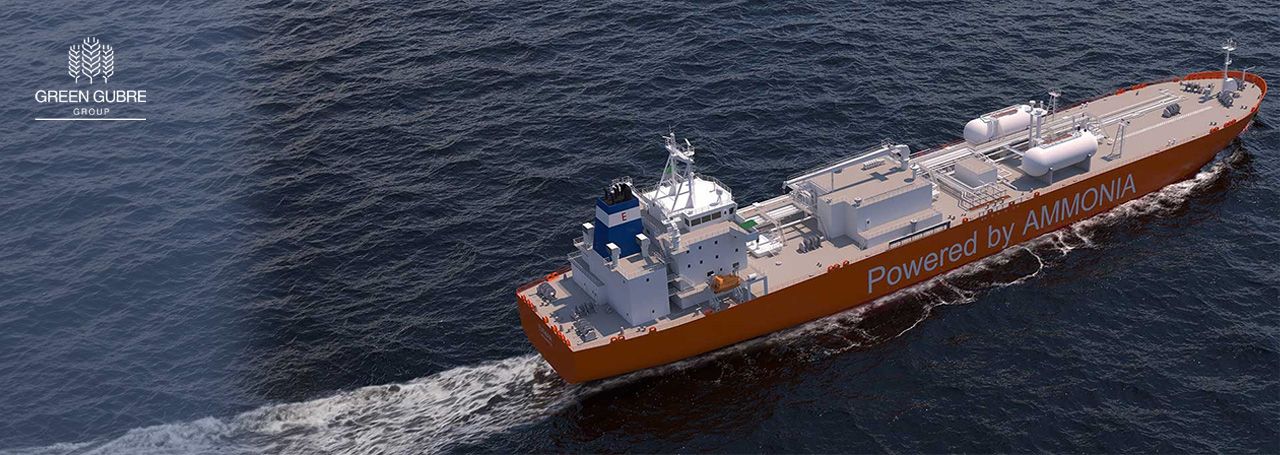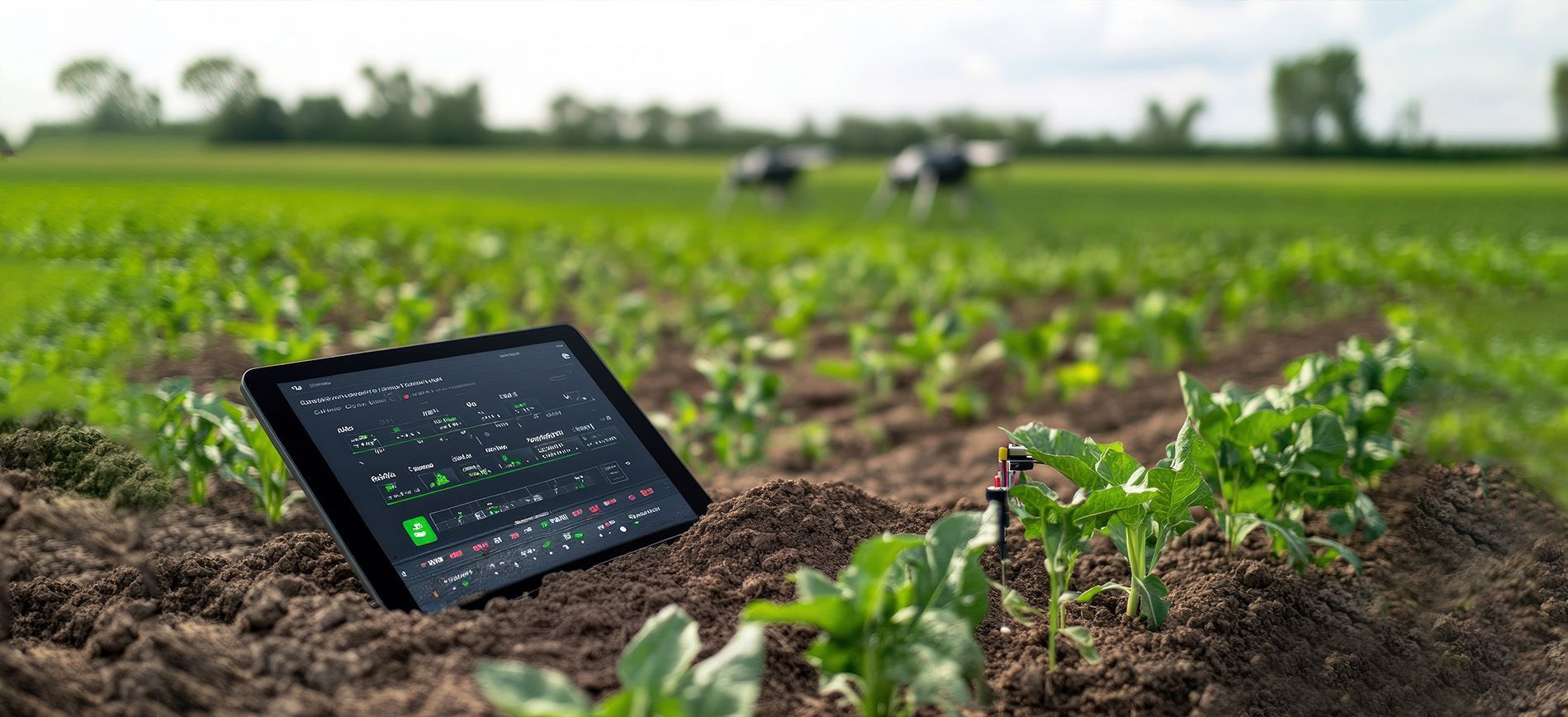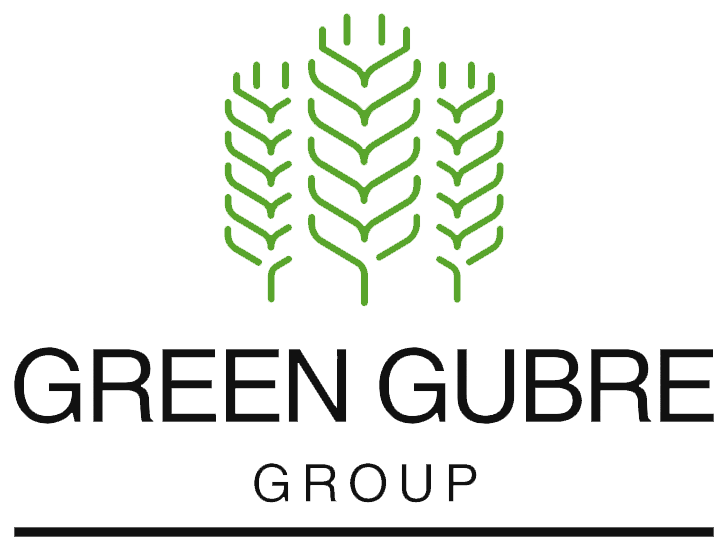The Impact of Ammonia Supply & Demand on Global Agricultural Prices
The Impact of Ammonia Supply & Demand on Global Agricultural Prices

Ammonia is the backbone of global nitrogen fertilizer production and is vital to agricultural productivity. As a key input for urea, ammonium nitrate, and ammonium sulfate, its price and availability directly impact farmers, traders, and agribusinesses worldwide.
Geopolitical disruptions, natural gas price fluctuations, and shifting global demand will significantly change ammonia markets in 2025. This blog explores how ammonia supply and demand shape fertilizer costs and their impact on global agriculture.
What is
Ammonia
& Why is it Crucial for
Fertilizers?
Ammonia (NH₃) is a critical nitrogen source for plants. It is used to produce essential fertilizers such as:
- Urea (46% Nitrogen) – The most widely used nitrogen fertilizer globally.
- Ammonium Nitrate (AN) – A high-efficiency nitrogen source for agriculture.
- Ammonium Sulfate (Amsul) – A sulfur-enriched nitrogen fertilizer.
- NPK Fertilizers – Ammonia is used in nitrogen-phosphorus-potassium blends.
Given that
80% of globally produced ammonia is used in fertilizers, any market disruption has
far-reaching consequences for agricultural production and food security.
Key Factors Affecting
Ammonia Supply & Demand in 2025
1. Natural Gas Prices & Energy Costs
- Ammonia production is energy-intensive, relying on natural gas as a raw material and fuel.
- Rising natural gas prices in key producing regions (Europe, the Middle East, and the U.S.) increase ammonia costs.
- Countries with low gas prices (e.g., Russia, Qatar, Iran) have a competitive advantage in ammonia exports.
2. Geopolitical Events & Trade Restrictions
- Sanctions on Russia have disrupted ammonia exports, reducing global supply.
- Export restrictions in China and the Middle East have tightened availability.
- The European Union’s CBAM regulations may increase ammonia import costs.
3. Increasing Global Demand for Nitrogen Fertilizers
- India, Brazil, and Africa drive strong demand for urea and ammonium-based fertilizers.
- Sustainable agriculture & precision farming are leading to more efficient nitrogen fertilizer usage.
- Growing food security concerns are prompting governments to prioritize domestic fertilizer production.
4. Ammonia Production & Supply Chain Disruptions
- Extreme weather events & refinery shutdowns in major ammonia-producing countries have impacted supply.
- Delays in new ammonia plant construction (due to high investment costs) limit production capacity.
How
Ammonia Market Trends Are Affecting
Fertilizer Prices
📈 Higher ammonia prices = Increased fertilizer production costs, leading to higher crop production expenses for farmers.
📉 Lower ammonia prices = Cheaper fertilizers, supporting greater affordability & agricultural expansion.
Ammonia prices are
highly volatile, and supply chain disruptions, energy costs, and regulatory policies determine fertilizer affordability.
Future Outlook: What to Expect in 2025?
Increased domestic ammonia production in key agricultural countries could stabilize supply.
Lower natural gas prices in some regions may help reduce ammonia costs.
New government policies & subsidies could impact ammonia-based fertilizer pricing.
Conclusion
The ammonia market is
critical to the global fertilizer industry, and its price fluctuations impact
agriculture, food security, and trade dynamics. As we navigate 2025,
closely monitoring energy prices, supply chain developments, and market regulations will be crucial for
farmers, suppliers, and industry stakeholders.




